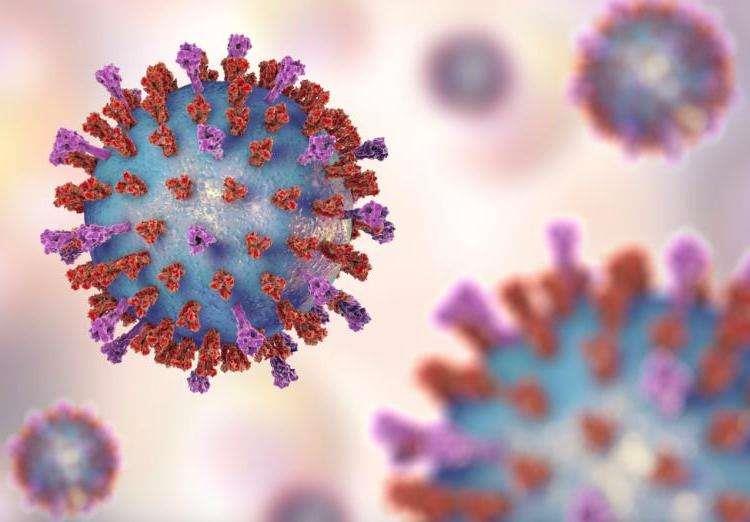Viral shedding via GI tract in children with COVID-19 lasts up to 4 weeks after negative PCR result





A study with limited case data reveals a shorter duration of viral shedding of SARS-CoV-2, the causative agent of the novel coronavirus disease (COVID-19), through the upper respiratory tract in children compared with adults.
However, “[c]hildren exhibit prolonged viral shedding via the gastrointestinal (GI) route after clearing the virus from the respiratory tract, possibly more frequently than in adults, and stool polymerase chain reaction (PCR) in recovering children may therefore play an important role in infection control and prevention of SARS-CoV-2,” the researchers said.
A systematic search was performed in the databases of Ovid Medline, Embase, and Cochrane Central for studies reporting the results of real-time reverse transcriptase (rt)-PCR in children with COVID-19. Then, data on duration of viral shedding from symptom onset in respiratory and GI samples were extracted and synthesized.
Sixty-nine paediatric patients had available data for analysis, which showed a 24-day duration of viral shedding through the respiratory tract from symptom onset (mean duration, 11.1±5.8 days). Eighty-six percent of the children who underwent testing with stool PCR, rectal swab, or anal swab returned a positive result. [Pediatr Infect Dis J 2020;39:e249-e256]
The mean duration of viral shedding via the GI tract from symptom onset was 23.6±8.8 days. In majority (89 percent) of the paediatric patients, viral shedding via the GI tract continued for up to 4 weeks even after nasopharyngeal or throat swabs returned negative results.
“To our knowledge, this is the first attempt to systematically review the duration of respiratory and GI viral shedding of SARS-CoV-2 in paediatric patients,” the researchers said. “These findings may have important implications for infection control strategies during the COVID-19 pandemic.”
Previous coronavirus epidemics brought to light the possibility of faecal oral transmission. For instance, live SARS coronavirus has been isolated from stool, and faulty plumbing was thought to contribute to the transmission of SARS-CoV at an apartment in Hong Kong. [Pediatrics 2004;113:e535-e543; J Environ Health 2006;68:26-30]
In addition, MERS-CoV RNA was detected in nearly 15 percent of stool samples from infected patients, with viral loads persisting in the stool for at least 3 weeks. [Clin Infect Dis 2016;62:477-483]
“GI viral shedding in the paediatric population is of particular concern given the increased prevalence of faecal incontinence in young children, which may increase the risk transmission to their caregivers and to other children via fomites,” the researchers said.
“However, the presence of SARS-CoV-2 RNA in a patient’s respiratory or GI specimens does not necessarily equate to infectiousness of that individual,” they added.
In a recent study involving specimens from COVID-19 patients, live virus was not isolated from respiratory samples, nor from stool samples, beyond day 8 of symptoms despite ongoing high viral loads. Another study showed that the highest concentrations of viral RNA in nasal and throat swabs were detected within the first week of symptom onset. [Nature 2020;581:465-469; N Engl J Med 2020;382:1177-1179]
“This evidence suggests that despite a potentially prolonged duration of shedding, the most important period of infectivity remains the early stages of the disease,” the researchers noted.
“Larger studies are required to characterize the pattern and clinical significance of viral shedding in both children and adults with COVID-19,” they added.